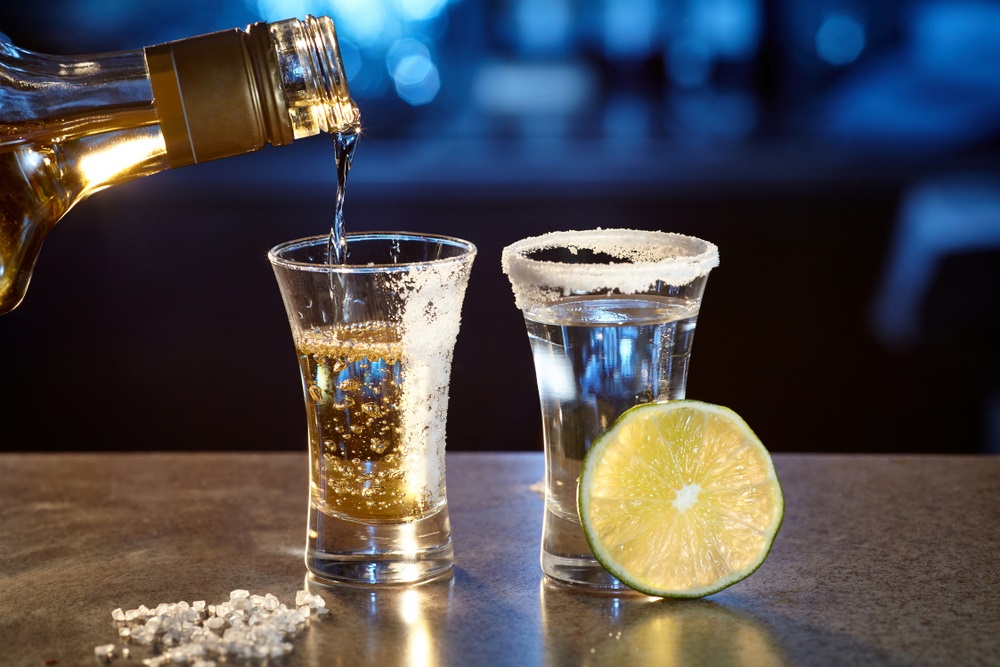Are you still hanging on to that half-empty bottle of tequila from your birthday six months ago? If you are wondering if you can safely drink an old bottle of tequila, you have come to the right place.
Tequila is a distilled beverage made from the fermentation of sugars found from the blue agave plant after cooking its leaves. However, despite its floral origins, tequila rarely goes bad since it is a distilled liquor. Tequila is akin to vodka and whiskey in that does not require strict storage conditions as wine does.
Hence, if you stumble across an opened box of tequila, the chances are that it is still safe for consumption. However, in rare cases, tequila can degrade no thanks to oxidation from exposure to air.
The Shelf Life of Tequila
In proper storage, tequila, like many other spirits, will last almost forever. Most of the characteristic flavor, aroma, and color of the drink are determined during the production or aging process in wood barrels.
As a result, tequila typically won’t change significantly after being bottled. Tequila, unlike wine, also does not contain tannins. Tannins are a vital contributor to the change of taste of many wines over time.
However, this relatively constant state of tequila also means that the spirit will not age or taste even if you store it for multiple years. Hence, you can abandon any dreams of creating your own, finely-aged, premium tequila.
When tequila does deteriorate, it is typically because of two factors: oxidation or a poorly sealed bottle.
Once you open a new bottle, the tequila will be subject to oxidation which will continue to happen even if no more oxygen is introduced. Besides, if the container has more room for air, the process of oxidation occurs faster on the liquor remaining inside the bottle. Oxidation alters the flavor of the spirit, leaving a flat taste in the mouth.
A poorly sealed bottle can further exacerbate the oxidation process and help to destroy the flavor and aroma of the spirit.
Hence, once you open a bottle of tequila, it is best to drink it up in a few months to experience the best quality. Storing an opened bottle for 1-2 year is not advisable as the oxidative processes would have added up.
Another risk with opened bottles is that of impurities and organic substances, finding their way into the container. Although spirits are a hard environment for microorganisms to thrive, an excessive amount of pollutants can negatively impact the taste and aroma of your tequila.
However, unopened, correctly stored bottles of tequila have a potentially infinite shelf life.
How to Tell if Tequila Has Gone Bad
If you find a bottle of tequila in storage, the chances are that the spirit is perfectly fine for consumption. However, it the off chance that you encounter bad tequila, you want to know what to look out for to stay safe.
The first thing to check for with an opened bottle of tequila is impurities. If you find any impurities, you might want to exercise caution before drinking up.
Secondly, you should be on the lookout for any unusual taste or aroma. A good rule of thumb is to smell the drink first, then proceed to take a small sip to confirm that the tequila is safe for drinking.
Like without other foods, when it comes to checking for tequila spoilage, you should always trust your senses. If something does not taste, smell, or feel right, it probably isn’t. Abort mission!
How to Store Tequila
Tequila is a distilled spirit like whiskey, vodka, or rum. Hence the storage recommendations are identical to other spirits: store in a cool and dry place away from any heat sources.
When storing tequila in a bid to preserve its quality, at least three conditions must be met:
- Constant and moderate temperature (60 to 65°F)
- No exposure to direct sunlight
- And maintenance of proper seal of the bottle.
Hence, tequila can be stored at room temperature in a pantry or cellar to meet the heat requirement.
The proper bottle seal requirement is essential for combatting oxidation and impurities to keep the tequila as close to its original condition as possible.
Another useful hack to reducing oxidation is to transfer the contents of the container to a smaller bottle once the original is at least half spent. This measure helps to cut oxidation as it reduces the amount of free space in the bottle.
The more oxygen in the bottle, the faster the oxidation process occurs.
